What’s Up?
Same old same old. Down by the lake this morning and a 3/4 mile + swim every afternoon. This blog post took several weeks and then about five more hours today to prepare. Please leave any questions on the new methodology as a Comment.
IPT Updates
I now have four folks for the UK Puffins and Gannets trip; that leaves one (or six) openings on what will be an amazing experience and will possibly be my last trip and almost surely the last of the amazing Dunbar gannet boats trips — Gordon is getting old. 🙂
Galapagos: No Reasonable Offer Will Be Refused!
Luis Alberto Grunauer, Jr signed up for the Galapagos trip on Tuesday. I still have two openings: please shoot me an e-mail to learn about the huge late registration discount for this trip. Or try any reasonable offer …
- The 2019 Fort DeSoto Short-Notice Sandbar Secrets IPT/Sunday May 5 through the morning session on Wednesday May 8, 2019: 3 1/2 DAYS: $1649.00. Meet and greet at 7PM on the evening of Saturday May 4. Limit: 4, openings: 2.
- The New, Expanded 2019 UK Puffins, Gannets, & Red Kites IPT. Thursday June 27 (from EDI) through Tuesday, July 9, 2019 (on the ground; fly home on Wednesday July 10.): $9,999. Limit 5 or 10) photographers/Openings: 1 (or 6). This trip is a definite go.
- The GALAPAGOS Photo Cruise of a Lifetime IPT/The Complete Galapagos Photographic Experience. July 23 to August 6, 2019 on the boat. 13 FULL and two half-days of photography: $14,499. Limit: 13 photographers/Openings: 3. Please e-mail to learn about the huge late registration discount for this trip.
- The 2020 San Diego 4 1/2-DAY BIRDS AS ART Instructional Photo-Tour (IPT) WED JAN 8, 2020 thru and including the morning session on SUN JAN 12: 4 1/2 days: $2099.(Limit: 8/Openings: 7)
BIRDS AS ART
BIRDS AS ART is registered in the U.S. Patent and Trademark Office.
|
|
|
This image was created on a May 14, 2017 Gatorland In-the-Field session with the Induro GIT 304L/Mongoose M3.6-mounted Canon EF 500mm f/4L IS II USM lens, the Canon Extender EF 1.4X III, and the rugged, blazingly fast Canon EOS-1D X Mark II. ISO 400. Evaluative metering -1/3 stop: 1/2500 sec. at f/6.3. AWB. LensAlign/FocusTune micro-adjustment: -1. One row up and one to the right of the center AF point/AI Servo/Expand/Shutter button AF was active at the moment of exposure. The selected AF point was just to the right of the bird’s eye. Cattle Egret in breeding plumage, squawking |
Gatorland In-the-Field Session Saturday 27 APR, 2019
Join me at Gatorland this coming Saturday and learn a ton. Right now is prime time for Cattle Egrets in prime breeding plumage. Check out Joe Przybyla’s killer Cattle Egret from last week in his BPN post here. In addition, there are some good opps with Great Egret chicks. Most folks who visit Gatorland simply have no clue. Join me to learn to photograph at easily accessible rookeries. An intermediate telephoto lens is all that you will need. Learn to think and see like a pro.
Morning Session — 7-10am: $200.00
Morning Session with a 90-minute working lunch including image review and Photoshop: $300.00.
Selling Your Used Photo Gear Through BIRDS AS ART
Selling your used (or like-new) photo gear through the BAA Blog is a great idea. We charge only a 5% commission. One of the more popular used gear for sale sites charged a minimum of 20%. Plus assorted fees! Yikes. They went out of business. And e-Bay fees are now up to 13%. The minimum item price here is $500 (or less for a $25 fee). If you are interested please scroll down here or shoot us an e-mail with the words Items for Sale Info Request cut and pasted into the Subject line :). Stuff that is priced fairly — I offer pricing advice to those who agree to the terms — usually sells in no time flat. Over the past year, we have sold many dozens of items. Do know that prices on some items like the EOS-1D Mark IV, the old Canon 100-400, the old 500mm, the EOS-7D and 7D Mark II and the original 400mm DO lens have been dropping steadily. You can always see the current listings by clicking on the Used Photo Gear tab on the orange-yellow menu bar near the top of each blog post page.
Unsolicited, via e-mail, from Pierre Williot
I would encourage anyone who wants to sell some of their photographic equipment to contact Art. High-end photographic equipment can be difficult to sell. Art, with is widely read daily posts, will allow you to sell your equipment fairly easily for a reasonable price and commission. Please, seriously consider the price that he suggests as it can be hard to face the reality of the actual value of well loved equipment! Art is well aware of the current market for second-hand photographic equipment.
Canon EF 400mm f/4L IS DO II USM Lens
Douglas Smith is offering a Canon EF 400mm f/4L IS DO II USM lens in near-mint condition for a BAA record-low $4999.00. The sale includes the: original lens foot, the rear lens cap, the front lens cover, the lens strap, a Camo LensCoat, the lens trunk, and insured ground shipping via UPS or FedEX to the 48 contiguous states only. Photos are available upon request. The lens will not ship until your check clears unless other arrangements are made.
Please contact Douglas via e-mail or by cell phone at 360-606-7835 (Pacfic time). If no answer please leave message.
When I used Canon gear I owned and used my 400 DO II often with and without both teleconverters in a great variety of bird photography situations. It often served as my “big telephoto” when photographing at places with relatively tame birds when traveling with reduced weight was a necessity. It makes a great walk-around hand holdable lens with a one full stop advantage over any of the f/5.6 intermediate telephotos or telephoto zoom lenses. It is imminently hand holdable for most folks. It is super-sharp at 400, 560, and 800mm. As the lens sells new for $6899.00 grabbing Doug’s near-mint copy right now will save you exactly $1900.00. artie
|
|
Lessons From the Field/BIRDS AS ART Style is a 1 hour, 15 minute, 314 image, |
Lessons From the Field/BIRDS AS ART Style: $10.00
Click here to order or see the Save $10 Bundle offer below.
Lessons From the Field/BIRDS AS ART Style is a 1 hour, 15 minute click and play MP4 video. It is available here in the BAA Online Store, by phone order, or by sending a Paypal for $10.00 to birdsasart@verizon.net. As the file is a large one, be sure to upload it when you have a good internet connection.
The video features 314 of artie’s best images, educational and otherwise. Based on his 35 years of in-the-field experience, it covers all the basics along with many fine points. Are you making mistakes that give you no chance to create a great image? Learning to avoid those and learning to think like a pro will make you a better photographer. If you purchase and study the video, it will surely prove to be the best ten dollars you’ve ever spent on photography.
birds as art: The Avian Photography of Arthur Morris/The Top 100: |
Save Ten Bucks!
Order the Lessons From the Field MP4 video and add a copy of the birds as art: The Avian Photography of Arthur Morris/The Top 100 (via convenient download — normally sells for $20.00) for an additional 10.00.
Order the bundle for $20.00 by clicking here.
Money Saving Reminder
If you need a hot photo item that is out of stock at B&H, would enjoy free overnight shipping, and would like a $50 discount on your first purchase, click here to order and enter the coupon code BIRDSASART at checkout. If you are looking to strike a deal on Canon or Nikon gear (including the big telephotos) or on a multiple item order, contact Steve Elkins via e-mail or on his cell at (479) 381-2592 (Eastern time) and be sure to mention your BIRDSASART coupon code and use it for your online order. Steve currently has several D850s in stock along with a Nikon 600mm f/4 VR. He is taking pre-orders for the new Nikon 500 P and the Nikon Z6 mirrorless camera body.
Booking.Com
Many IPT folks have been using the Booking.Com link below to get great rates and save a handsome $25.00 in the process. If you too would like to give Booking.Com a shot, click here and to earn a $25 reward on your first booking. Thanks to the many who have already tried and used this great service.
Airbnb
I have been using AirBNB for all of my travel lodging needs. Everyone on the Fort DeSoto IPT is staying at an AirBNB property in Gulfport. Airbnb lists more than 4.5 million homes across 200 countries; you’ll find spacious, affordable options for every occasion. With Airbnb you will travel with confidence as reviews from past guests help you find the right fit. Once you do, their secure messaging makes it easy to coordinate with your host. And Airbnb support teams are available 24/7. And this morning, I made a 17-day reservation for an Airbnb condo for San Diego, 2020. I am staying with Rick again: his place has lots of room, a full kitchen, two bedrooms, and great WiFi. All for a lot less than the price of a chain hotel.
Yikes. I almost forgot the best part: Airbnb rates average less than half of even the least expensive chain hotels and motels. If you would like to save $40 on your first booking sign up by using this link: Airbnb. Airbnb does charge clean-up and service fees that make short stays less attractive bargains than long stays.
Those who prefer to stay in a motel or hotel are invited to use the Booking.com link above to save $25.00.


Gear Questions and Advice
Too many folks attending BAA IPTs and dozens of photographers whom I see in the field and on BPN, are–out of ignorance–using the wrong gear especially when it comes to tripods and more especially, tripod heads… Please know that I am always glad to answer your gear questions via e-mail. Those questions might deal with systems, camera bodies, accessories, and/or lens choices and decisions.
|
|
This unsharpened 100% view in Photo Mechanic shows the sharpness you can achieve with hand held properly focus-tuned gear: Nikon 500mm f/5.6 PF with the D850.Note the sharp eyelashes, the detail in the skin around the eye, and the excellent fine feather detail. |
Micro-adjusting and Focus Fine-Tuning Made Way Easier
Thanks to the technical excellence of BAA Technical Advisor and friend Patrick Sparkman combined with his well-honed practical view of all things photographic, I share with you here today a simple change in the micro-adjusting techniques detailed in the The LensAlign/FocusTune Micro-Adjusting Tutorial e-Guide that make micro-adjusting whole lot easier. As I have often and honestly said, “Micro-adjusting can be time consuming and frustrating. At times, it might drive you to tears.” I firmly believe that making the simple change in your methodology noted below will make the process of determining the very best micro-adjustment or focus Fine-Tune value practically hassle free.
It goes without saying that you need to own the LensAlign Mark II including FocusTune Kit and be familiar with the methodology detailed in the aforementioned e-Guide. Nikon folks using the D5 or the D850 will of course benefit from the material covered in The Nikon AF Fine-tune e-Guide.
|
|
The red-masked view of the target showing that the depth-of-field is perfectly centered |
The Tip
This tip is, however, 100% free to all:
When setting up your rig and the target simply cut the distance recommended in the The LensAlign/FocusTune Micro-Adjusting Tutorial e-Guide in half. In that guide, for example, I recommended 41 feet when micro-adjusting a 500mm lens. Simply cut that distance back to 20 or 21 feet and you will make your micro-adjusting life a lot easier. Here’s why:
- 1- Except for the longest focal length combinations a 500 or 600mm lens with a 2X TC for example, most folks will be able to micro-adjust most focal length combos indoors in their homes. Using the lights of course improves the accuracy of your results. Instead of the elaborate lighting stand and lights detailed in the guide, it is possible to get great results by jury rig-mounting a small, fairly powerful LED light or flashlight so that it illuminates the target in the manner detailed in the e-Guide.
- 2- Sighting through Port A to set up True Parallel Alignment (available only with LensAlign) is easier as the lens barrel is larger in the hole.
- 3- By cutting the distance to the target in half and then following the simple workflow change below, you will be able to view images of the target with the depth-of-field masked in red. These images will easily let you determine which micro-adjustment or focus Fine-Tune value best centers the depth-of-field around the zero mark on the ruler.
- 4- Cutting the distance to the target in half accentuates differences in the depth-of-field at different AFA or Focus Fine-Tune values because d-o-f is less when you are closer to the subject.
- 5- Since cutting the distance in half I have been able to eliminate having to do the somewhat cumbersome AFA Auto-Focus Adjustment tests. Instead, working at the shorter distance, I am able to eyeball the depth-of-field working in Live View at various micro-adjustment values to get a an approximate idea of a starting point for running an AFC-5 Auto-Focus Consistency test. An AFC test always serves as the final confirmation that I have determined the best value. Nikon folks using the D5 or the D850 can get a good idea of a starting value for an AFC-5 test by running a Nikon Automatic AF Fine-tune test (for the D5) or a Focus Peaking AF Fine-tune test (for the D850).
Note that the goal of all micro-adjusting and focus Fine-tuning procedures is to set the MA or AFA value that best centers the depth-of-field so that you will create the highest possible percentage of sharp images.
How to Create the Masked Images
For years I imported the JPEGs for each test into FocusTune directly from the card. On a recent visit LensAlign/FocusTune creator Michael Tapes explained that in order to see the masked images you need to first download the images for each test into its their folder and then import the images from that folder into FocusTune. .
After importing a batch of AFC jpegs into FocusTune, execute the crop, process the images, and then create the graph. Now click on Sharpest under Display (on the right) and then click on Show Focus Mask if you are not seeing the red mask. You can toggle between the 50% and 100% views by clicking on the masked image right there in FocusTune.
|
|
The view of the twenty red-masked images used for an AFC-5 test |
Viewing the Masked Imaged in Photo Mechanic
I prefer to view the masked images in Photo Mechanic, my go-to image browser as it lets me see (as above), the complete array of the masked images to get an overall feel for front focus, back focus, or pretty darned good (with the depth-of-field well centered. By clicking on the screen capture above to see the larger version you can see that the depth-of-field looks pretty well centered across the board.
|
|
The red-masked view of the target showing that the depth-of-field is perfectly centered |
The Photo Mechanic Sub-folders
When I go to Photo Mechanic I will find that FocusTune has created several sub-folders (again, as above).
|
|
100% view of a red-masked image in Photo Mechanic showing that the depth-of-field is perfectly centered |
Viewing the D-o-F at 100% in Photo Mechanic
I find that viewing the images in the mask folder in Photo Mechanic and click-zooming to 100% (Command/left-click) on the center of the ruler is very effective. Immediately above, note that the numbers closest to the the zero line (2, 4, and 6) are equally sharp and that the numbers get correspondingly and equally more out of focus as you move away from the zero line. This shows you that the depth-of-field is perfectly centered. This image was from the AFC test at +8 for my 600 VR with my back-up TC-E14 and my main (souped-up) D850 body.
|
|
|
Fort DeSoto in spring is rife with tame birds, many in full breeding plumage. Click on the composite to enjoy a larger version. Clockwise from upper left around to center: Laughing Gull landing on head of Brown Pelican, Laughing Gull in flight, Reddish Egret sunrise silhouette, Great Blue Heron with needlefish, Yellow-crowned Night Heron with ghost crab, Roseate Spoonbill, Sanderling in breeding plumage, and white morph Reddish Egret in glorious breeding plumage. |
The 2019 Fort DeSoto Short-Notice Sandbar Secrets IPT/Sunday May 5 through the morning session on Wednesday May 8, 2019: 3 1/2 DAYS: $1649. Limit 4/Openings: 4. Meet and greet at 7PM on the evening of Saturday May 4.
I will run this with a single registrant. Airport pick-up might be available as is riding with the leader. Combine those to avoid having to rent a car.
Fort DeSoto, located just south of St. Petersburg, FL, is a mecca for a great variety of migrant shorebirds, gulls, terns, and passerines in Spring. Many of the gulls and terns will be courting and copulating. There the migrants join hundreds of Florida resident egrets, herons, night-herons, and pelicans on the T-shaped peninsula. We should get to photograph one of Florida’s most desirable shorebird species: Marbled Godwit. Black-bellied Plover and Willet are easy, American Oystercatcher almost guaranteed. Great Egret, Snowy Egret, Great Blue Heron, Tricolored Heron, and White Ibis are easy as well and many of those will be in their spectacular breeding plumages. Yellow-crowned Night-Heron is a strong possibility. We may get to see and photograph the amazing heron/egret hybrid that has been present for three years. And we should enjoy some great Brown Pelican flight photography. In addition, Royal, Sandwich, Forster’s, and Caspian Terns will likely provide us with some good flight opportunities as well. Though not guaranteed, Roseate Spoonbill and Wood Stork might well be expected. And we will be on the lookout for a migrant passerine fallout in the event of a thunderstorm or two. Yikes, I almost forgot to mention that nearly all of the birds are ridiculously tame!
|
|
|
Yes, Fort DeSoto in spring is rife with tame birds, most in breeding plumage. Click on the composite to enjoy a larger version. Clockwise from upper left around to center: breeding plumage Dunlin, dark morph Reddish Egret displaying, Laughing Gull vertical front-end portrait, Laughing Gull with prey item, landing on head of Brown Pelican, breeding plumage Royal Tern displaying, Royal Terns — pre-copulatory stance, Laughing Gulls copulating, Laughing Gull head portrait, breeding plumage Sandwich Tern with fish, and a rare treat, a breeding plumage White-rumped Sandpiper. |
Just some of the stuff you will learn …
On the IPT you will learn basics and fine points of digital exposure and to get the right exposure every time after making a single test exposure, how to approach free and wild birds without disturbing them, to understand and predict bird behavior, to identify many species of shorebirds, to spot the good situations, to choose the best perspective, to see and understand the light, and to design pleasing images by mastering your camera’s AF system. Most importantly you will surely learn to evaluate wind and sky conditions and understand how they affect bird photography. And you will learn how and why to work in Manual mode (even if you’re scared of it).
|
|
|
Again, Fort DeSoto in spring is rife with tame birds, most in breeding plumage. Click on the composite to enjoy a larger version. Clockwise from upper left around to center: Laughing Gull in flight, Yellow-crowned Night-Heron, Sandwich Terns copulating, Roseate Spoonbill, Great Egret with reflection, breeding plumage Short-billed Dowitcher, American Oystercatcher, Royal Tern, white morph Reddish Egret, and Snowy Egret in marsh. |
What we do
There will be seven shooting sessions in all: four 3+ hours morning session and three 2 1/2 hour afternoon sessions. There will be Photoshop/image review/critiquing sessions during lunch (lunch is included) on each of the three full days. That will be followed by Instructor Nap Time.
The best airport is Tampa (TPA). Once you register, you will receive an e-mail with the hotel/lodging information. Airport pick-up might be available as is riding with the leader. Combine those to avoid having to rent a car.
|
|
|
You got it, Fort DeSoto in spring is rife with tame birds, most in breeding plumage. Click on the composite to enjoy a larger version. Clockwise from upper left around to center: Roseate Spoonbill, immature Brown Pelican in flight, the heron/egret hybrid, American Oystercatcher feeding, immature Royal Tern on railing, Great Egret morning silhouette, Black Skimmer in surf, and underside head portrait of Great Blue Heron. |
Signing Up
A $500 deposit is due when you sign up and is payable by credit card. Balances must be paid by check after you register. Your deposit is non-refundable unless the IPT sells out with four folks so please check your plans carefully before committing. You can register by calling Jim or Jennifer during weekday business hours at 863-692-0906 with a credit card in hand or by sending a check as follows: make the check out to: BIRDS AS ART and send it via US mail here: BIRDS AS ART, PO BOX 7245, Indian Lake Estates, FL 33855. You will receive a confirmation e-mail with detailed instructions, clothing, and gear advice. Please remember that the meet and greet will take place on the evening of Saturday May 4. Please shoot me an e-mail if you plan to register or if you have any questions.
|
Folks attending this IPT will be out in the field early and stay late to take advantage of sunrise and sunset colors. Click on the composite to enjoy a larger version. Clockwise from upper left to center: Long-billed Curlew, juvenile Tricolored Heron, Marbled Godwits, Great Blue Heron, juvenile Pectoral Sandpiper, Wood Stork, smiling Sea Scallop, Ruddy Turnstone scavenging needlefish, Great Blue Heron sunset silhouette at my secret spot, and southbound migrant tern flock blur. |
Early and Late
Getting up early and staying out late is pretty much a staple on all BIRDS AS ART Instructional Photo-Tours; on this particular trip we will get lots of sleep as the days are short. Being in the field well before the sun comes up and staying out until sunset will often present unique photographic opportunities, opportunities that will be missed by those who need their beauty rest. I really love it when I am leaving the beach on a sunny morning after a great session just as a carful or two of well-rested photographers arrive.
If In Doubt …
If in doubt about using the BAA B&H affiliate link correctly, you can always start your search by clicking here. Please note that the tracking is invisible. Web orders only. Please, however, remember to shoot me your receipt via e-mail.




Please Remember to use my Affiliate Links and to Visit the New BAA Online Store 🙂
To show your appreciation for my continuing efforts here, we ask, as always, that you get in the habit of using my B&H affiliate links on the right side of the blog for all of your photo and electronics purchases. Please check the availability of all photographic accessories in the New BIRDS AS ART Online Store, especially the Mongoose M3.6 tripod head, Wimberley lens plates, Delkin flash cards and accessories, and LensCoat stuff.
As always, we sell only what I have used, have tested, and can depend on. We will not sell you junk. We know what you need to make creating great images easy and fun. And please remember that I am always glad to answer your gear questions via e-mail.
I would of course appreciate your using our B&H affiliate links for all of your major gear, video, and electronic purchases. For the photographic stuff mentioned in the paragraph above, and for everything else in the new store, we, meaning BAA, would of course greatly appreciate your business. Here is a huge thank you to the many who have been using our links on a regular basis and those who will be visiting the New BIRDS AS ART Online Store as well.
Be sure to like and follow BAA on Facebook by clicking on the logo link upper right.
Typos
In all blog posts and Bulletins, feel free to e-mail or to leave a comment regarding any typos or errors. Just be right :).

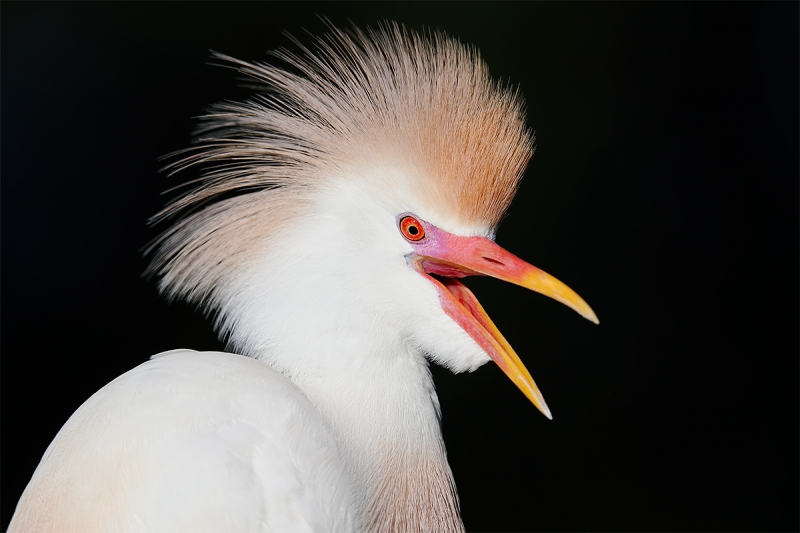
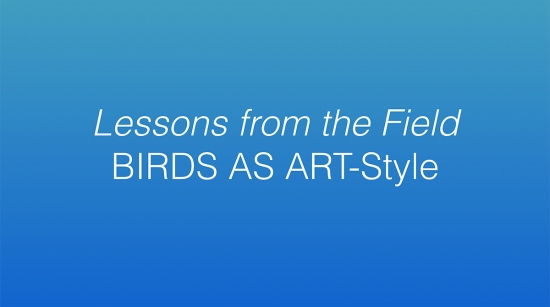
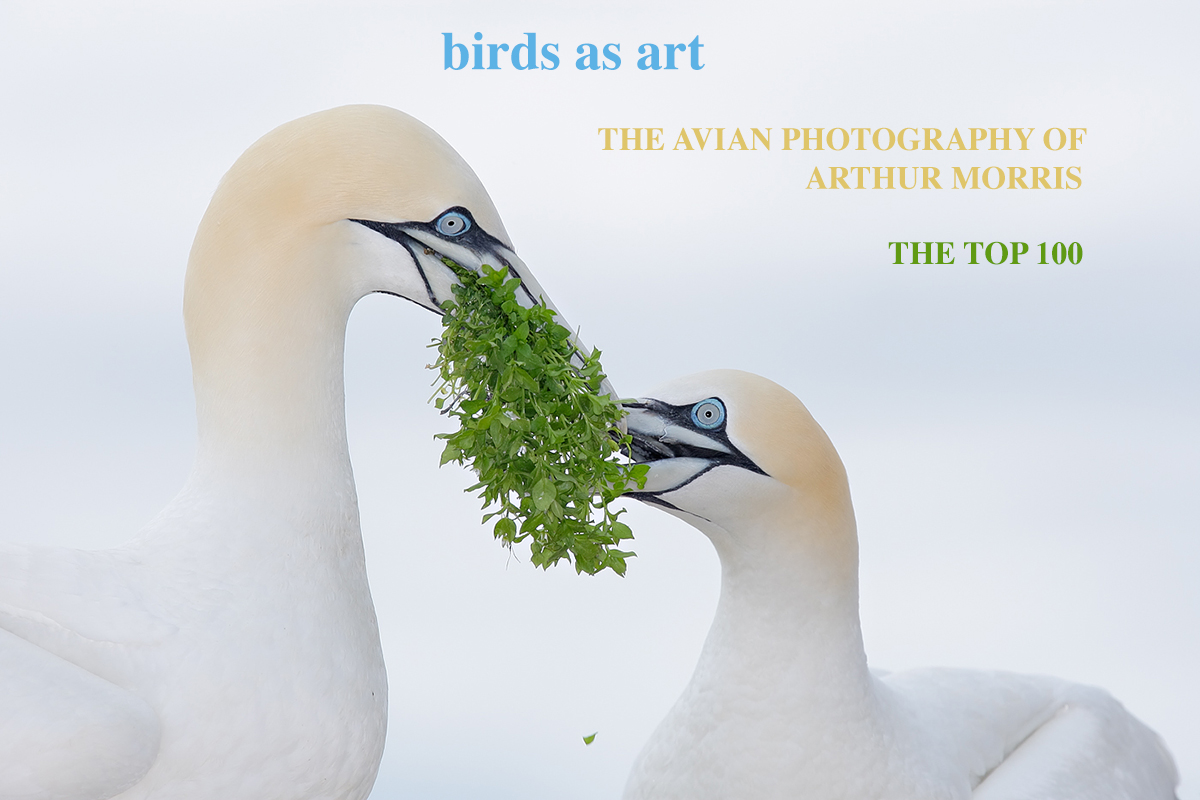

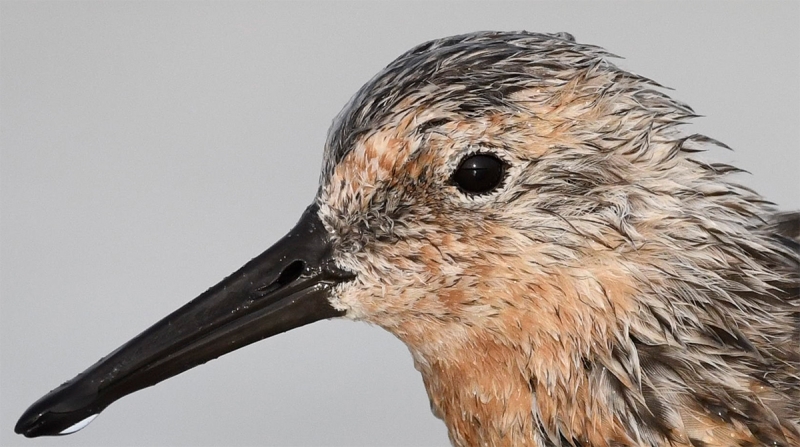
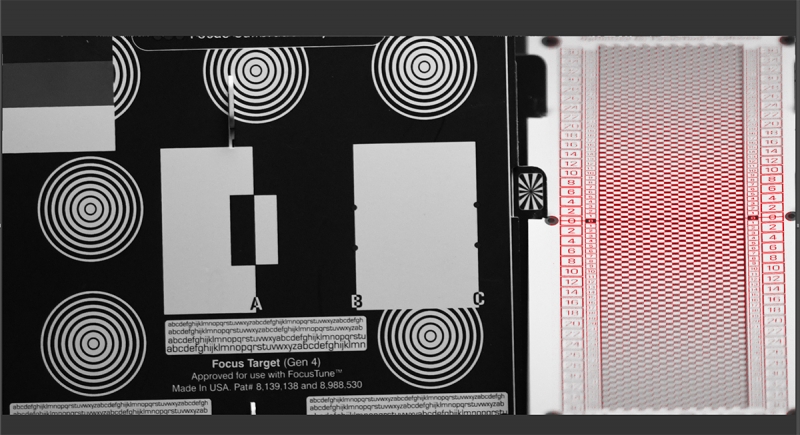
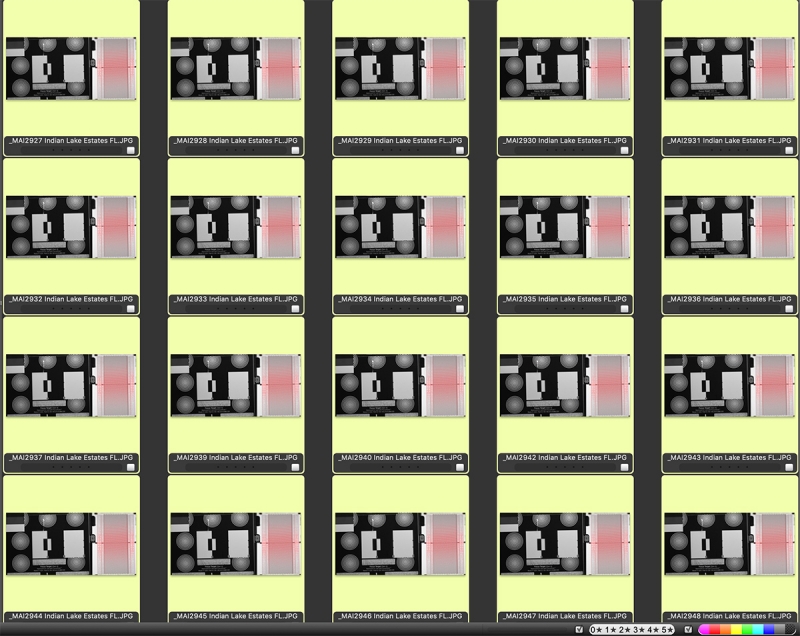
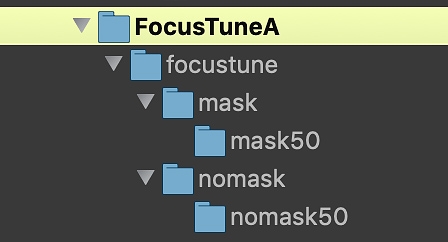
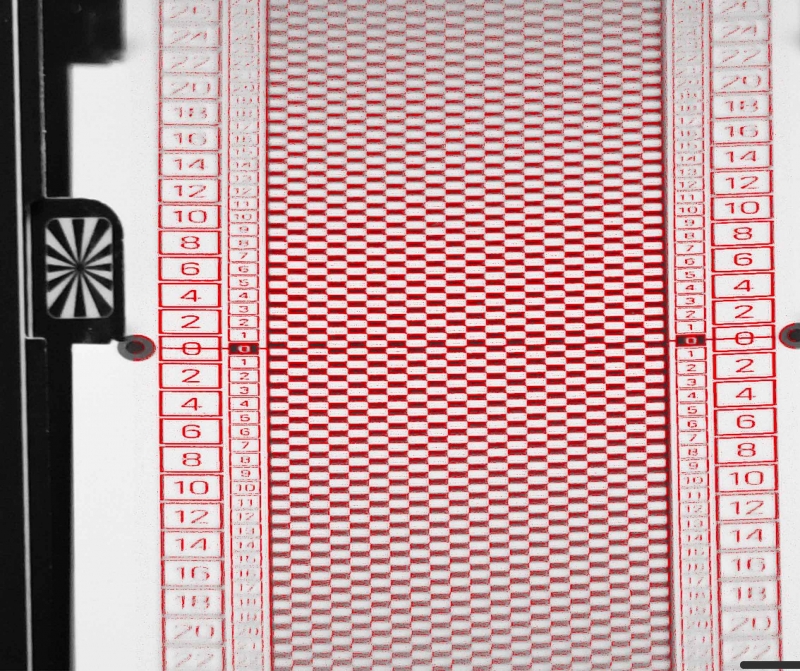
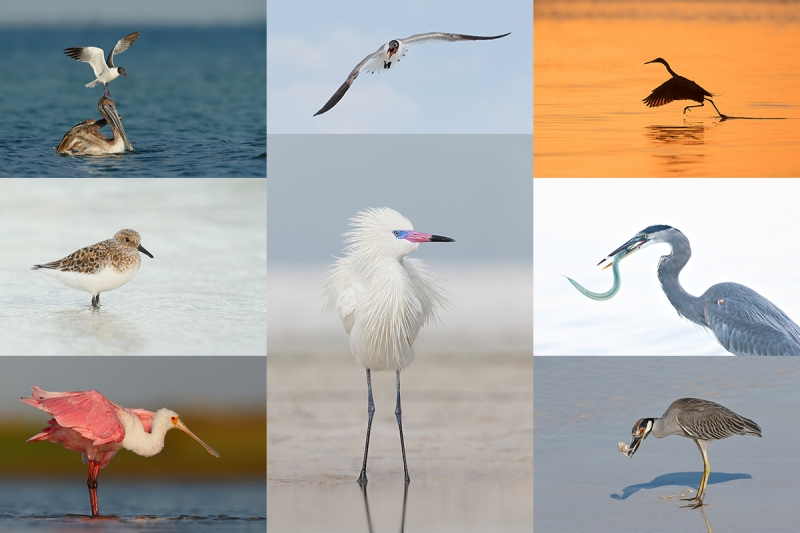
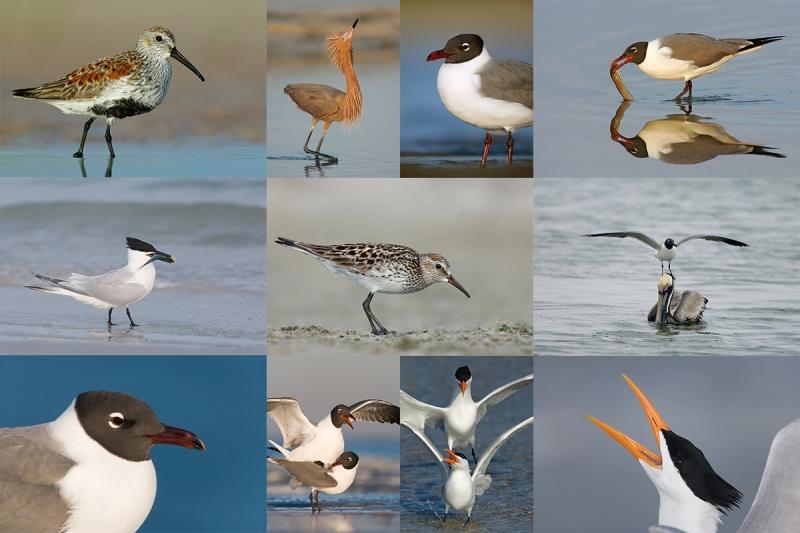
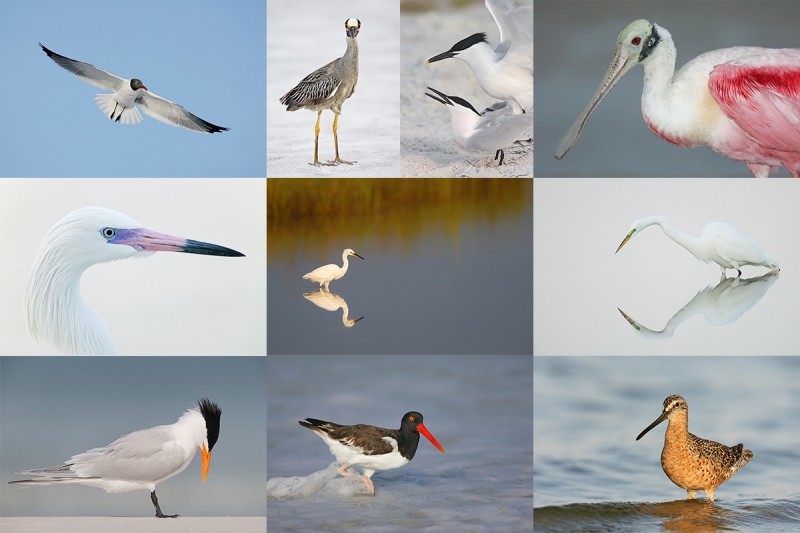
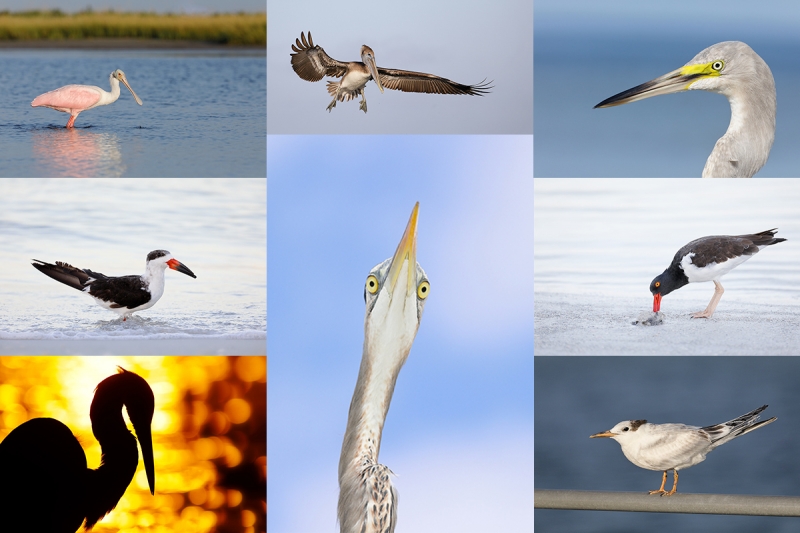














Hi Guru,
As per your own declaration; you’re not a manufacturer sponsored photographer. This means, you buy all your imaging equipment on full payment to vendors. In fact, that’s what we the followers would love our idols to be.
In the light of above; how about giving up free promotion of brands?! Whenever you mention gear details under a great image; it’s a lovely free promotion for that brand, isn’t it? Can those makers get a free advertisement on any popular magazine! But, you’re more popular to bird photographers than those magazines.
Granted, we need to know the capture details like f number, shutter speed etc. (full EXIF) and other variables however, nobody needs to know the gear brands.
May I request you to kindly give it a thought?
Best regards.
Quazi
Thought given. But I will continue as is. Monies earned from the purchases made by many blog subscribers using my affiliate links provide a significant portion of my annual income. Now that I am conversant in the three best systems for bird photographers I am able to help more folks choose wisely.
with love, artie
Buy a mirrorless camera and you won’t have to do any af micro adjusting!!!
Some like the Sony even track pretty well.
Bp
Yes, there is no need to micro-adjust with mirrorless unless you are using out of system lenses with an adapter. And Sony AF is even more accurate for birds in flight than Nikon which is far better than Canon. That said there are many, many other factors that go into determining which system is best for you.
Have you noticed that I am using my Nikon gear 90% of the time or more? I will be sharing my thoughts on why that is so here during the next few weeks at most.
with love, artie